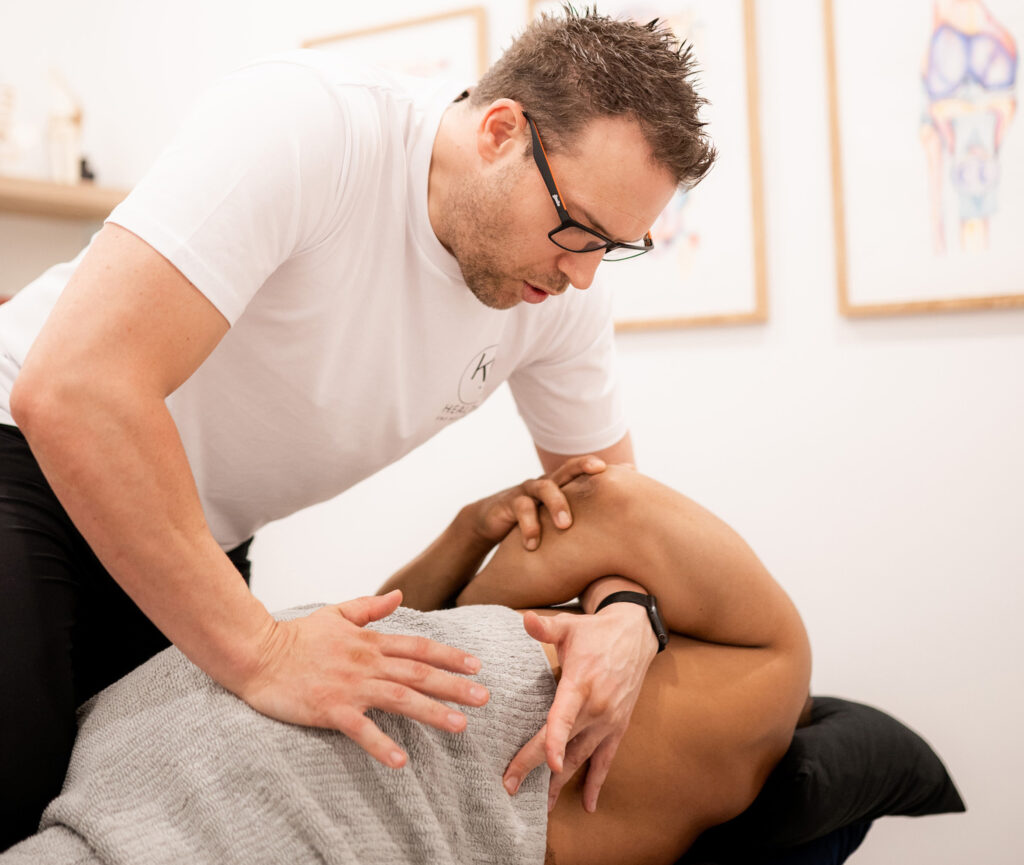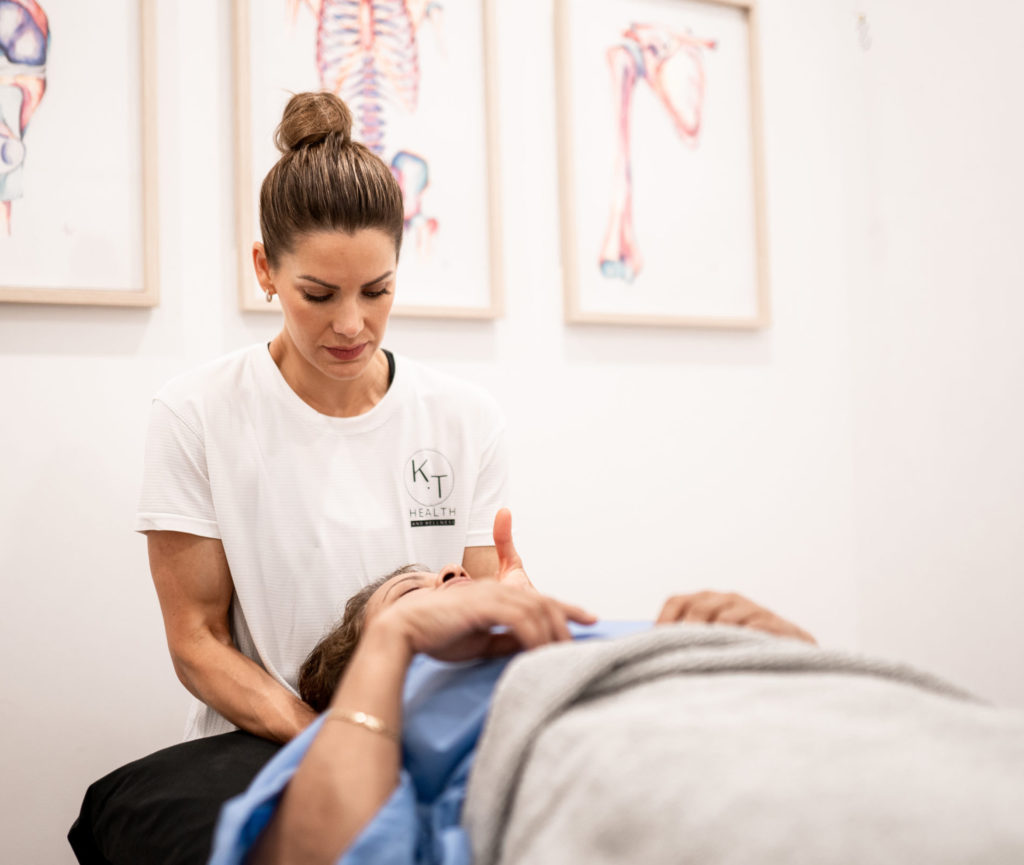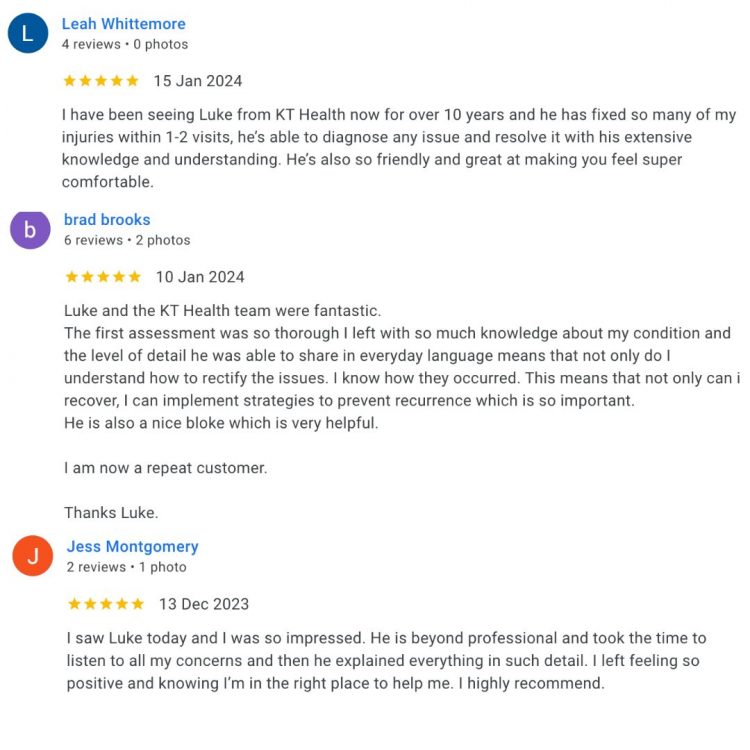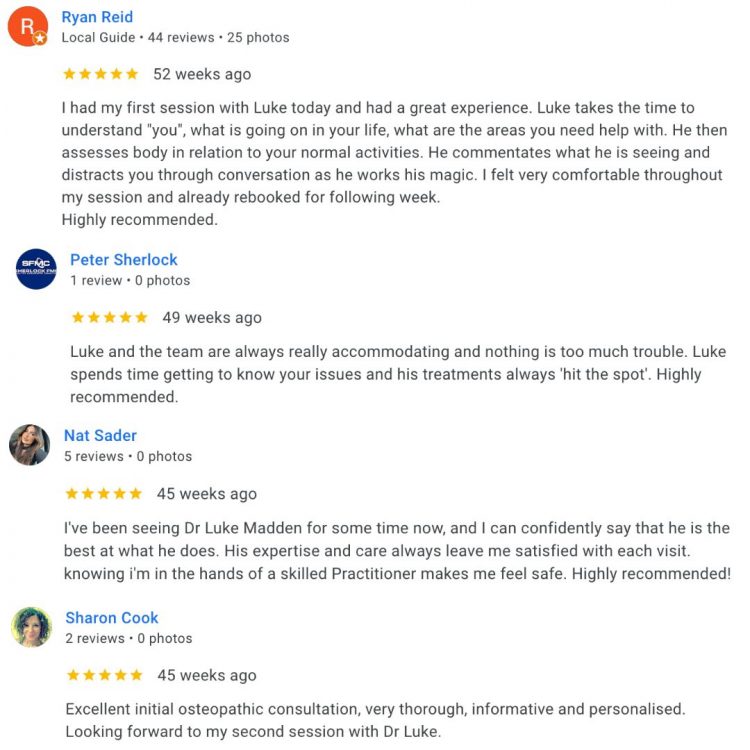Spinal canal stenosis is when the space inside the spine (spinal canal) becomes narrowed, which can put pressure on the spinal cord or spinal nerves. It most commonly affects the lower back (lumbar spine) or neck (cervical spine), and it can lead to pain, weakness, numbness, or difficulty walking.
An analogy…
Think of the spinal canal like a highway for your nerves. If that highway narrows because of debris or damage, traffic (nerve signals) gets jammed, causing pain and dysfunction, that’s what happens when the spinal canal closes in on the nerves.
What causes spinal canal stenosis?
Stenosis usually happens due to age-related changes. Over time, the spinal discs may bulge, ligaments can thicken, and bone spurs (osteophytes) can form, all of which reduce the space in the spinal canal. It can also occur from arthritis, degenerative disc disease, or previous injury or surgery. As the space narrows, it compresses the spinal nerves, leading to symptoms.
What are the signs and symptoms of spinal canal stenosis?
- Lower back or neck pain, often worsens with standing or walking
- Leg or arm numbness, tingling, or weakness
- Pain down the legs or arms depending on the location
- Cramping or heaviness in the legs, especially with walking
- Relief when sitting or bending forward
What tests are used to diagnose spinal canal stenosis?
MRI: It provides detailed views of the spinal cord, nerve roots, discs, and surrounding tissues, helping identify exactly where the spinal canal has narrowed. It can show whether a disc bulge, thickened ligament, or bone spur is compressing the nerves or spinal cord, and how severe that compression is.
Two-stage Treadmill Test: Used to assess how spinal stenosis affects walking. In the first stage, the patient walks on a flat treadmill until pain, numbness, or weakness develops. In the second stage, the treadmill is inclined slightly so the person leans forward while walking. This forward-leaning position opens up the spinal canal and often allows people with stenosis to walk farther or with less discomfort. A clear improvement in walking while leaning forward is a strong indicator of lumbar spinal stenosis.
How long does spinal canal stenosis take to heal?
Mild to moderate cases can improve in 6 to 12 weeks with conservative treatment. Chronic cases may need longer-term management over several months
How does spinal canal stenosis happen?
- Age-related degeneration
- Osteoarthritis or bone spurs
- Thickened ligaments in the spine
- Disc bulges or herniation
- Previous spinal injury or surgery
- Scoliosis or spinal deformity
- Repetitive loading or compression from certain jobs or activities
What treatment can help spinal canal stenosis?
- Postural correction and activity modification to reduce spinal compression
- Manual therapy (mobilisation, massage, and soft tissue work)
- Stretching and strengthening exercises for the back, glutes, and core
- Anti-inflammatory medication or pain relief
- Hydrotherapy or Pilates to gently build strength without pressure
What exercises or stretches can I do for spinal canal stenosis?
- Pelvic tilts and spinal decompression movements
- Knee-to-chest stretches for lumbar relief
- Glute and core strengthening
- Walking programs
- Postural training and ergonomic adjustments
- Flexibility work for hips, hamstrings, and spine
What products can help with spinal canal stenosis?






